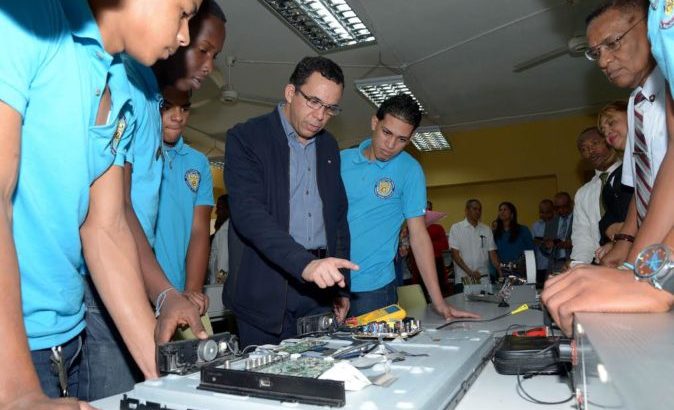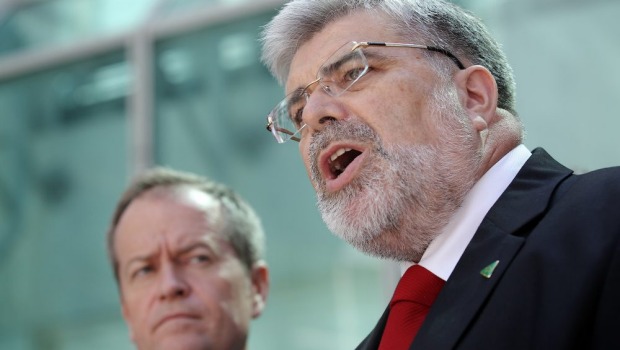Oceanía/Australia/Junio 2016/Autor: Tim Dodd / Fuente: afr.com
Resumen: Laboristas añadirán un nuevo nivel a la educación terciaria si gana la elección federal, con la promesa de establecer en la Commonwealth 10 institutos de educación superior para ofrecer cursos de diploma y de grado asociado a 10.000 estudiantes.
Labor will add a new tier to tertiary education if it wins the federal election, promising to establish 10 Commonwealth institutes of higher education to offer diploma and associate degree courses to 10,000 students.
Labor’s higher education spokesman, Kim Carr, said the new institutes would be partnerships between universities and TAFEs and be set up in areas of low educational achievement and high unemployment to help young people get «tradeable, high-skill» qualifications that would lead to a job.
A Shorten Labor government would spend $430 million over four years on the institutes, which Senator Carr said would be similar to the polytechnics that operate in many European countries.
«For the first time Australia will have a network of tertiary education institutions that bring together the best of applied higher education and high-level technical and vocational skills to deliver an innovation and technology driven boost to the Australian economy,» a Labor statement said.
Senator Carr said the new institutions were a pilot program that could be extended if they were successful. He said a key aim was to offer pathway courses (often called sub-degrees) to university which would better prepare young people to do a university degree, particularly in areas where higher education participation rates are low.
«It will attend to the issue of why we have high dropout rates at university,» he said.
But if students who do the sub-degree courses do not go on to university they would have a recognised qualification that would help them find a job.
Under the plan, TAFEs and universities would partner to provide the sub-degree courses, which would be at a higher education, rather than vocational, level. Senator Carr expected the new institutions would use existing infrastructure and also be supported by state governments and, in some cases, local governments.
The 10,000 new student places are a substantial increase on the limited number of federal government-subsidised student places available now for higher education sub-degrees. Labor will fund the student places at 70 per cent of the amount that would be paid to universities on the basis that the new institutions do not need funding for research, which is one of the functions of universities.
Grattan Institute’s higher education program director Andrew Norton said there were positive aspects to the announcement.
«If we can shift some of the [student] load to teaching-only institutions that is almost certainly good for the taxpayer and probably good for the student,» he said.
He said the big question was whether there would be student demand for the new institutions. «It requires a marketing effort to persuade people it’s the right way to go,» he said.
The Coalition attacked Labor’s move saying it was a «reckless spending promise» without an underpinning strategy.
The Coalition’s Education Minister, Simon Birmingham, said it was an «ad hoc Labor policy that looks like the thin end of the wedge for the reintroduction of command-and-control driven caps on student numbers».
Universities Australia chief executive Belinda Robinson cautiously welcomed the announcement.
«While the policy design details and funding structure would need to be fleshed out in more detail, greater collaboration and strategic alliances between universities and TAFEs are essential for positioning Australia in meeting future labour market needs,» she said.
Fuente de la noticia: http://www.afr.com/leadership/innovation/labor-pledges-430-million-for-a-new-type-of-higher-education-20160616-gpkhr8
Fuente de la imagen: http://www.afr.com/content/dam/images/z/q/z/z/w/image.related.afrArticleLead.620×350.gpkhr8.png/1466065461371.jpg








 Users Today : 290
Users Today : 290 Total Users : 35459885
Total Users : 35459885 Views Today : 465
Views Today : 465 Total views : 3418437
Total views : 3418437